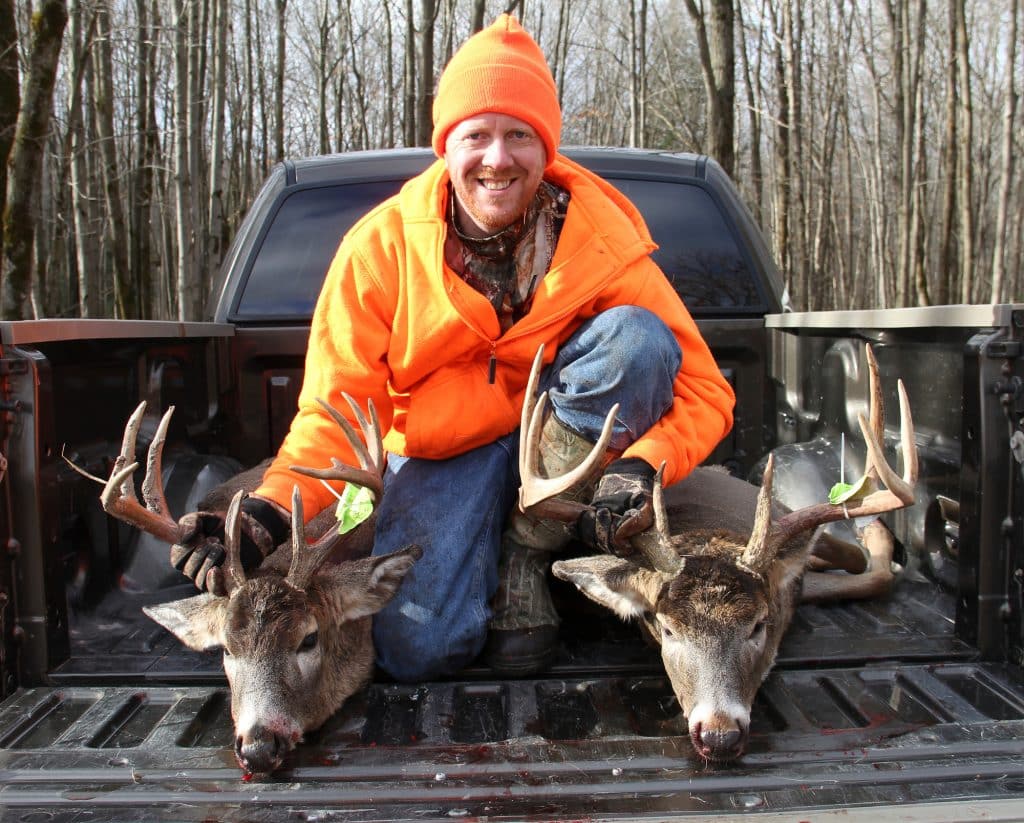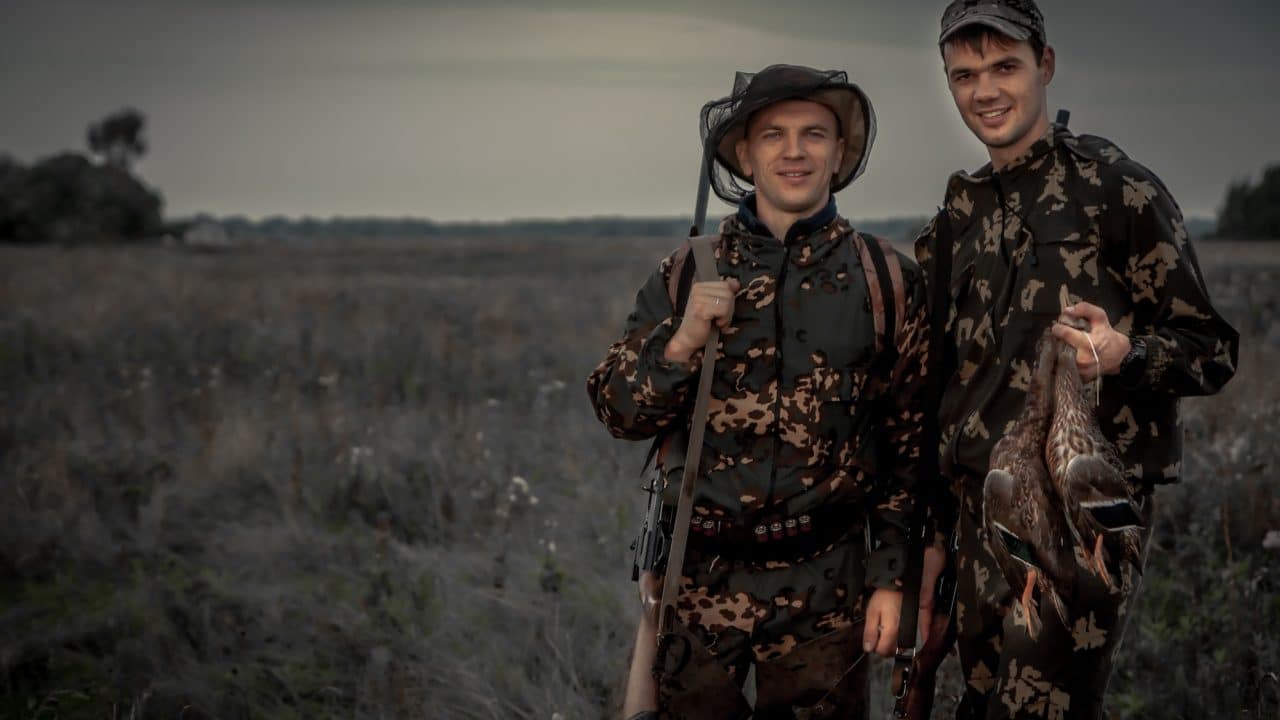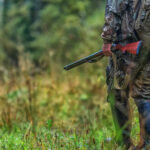Mastering the art of trophy hunting is a journey filled with patience, skill, strategic planning, and a deep respect for nature. This discipline, although controversial, can be conducted ethically and sustainably, ultimately providing benefits to both the ecosystem and local communities.
When considering a hunting lease property, you’re not merely looking at the physical aspects. Similarly, trophy hunting goes beyond the act of hunting itself. It requires a comprehensive understanding of the animal’s behavior, habitat, and the ethics involved in the process.
Here’s a detailed guide providing tips to ensure your success in trophy hunting and help you maintain ethical standards throughout your journey:
Knowing Your Prey
Your first step should be thoroughly understanding the animal you aim to hunt. Recognize its behaviors, habitats, and food preferences. The internet can provide much information, but first-hand field experience is invaluable.
Equally important is understanding the local laws and regulations related to hunting. Ignorance isn’t an option; it can lead to hefty fines or even imprisonment. Respect for the law is as crucial as respect for nature.
Finally, ensure you’re well-equipped with the right tools. Your gear can make or break your hunting experience. Invest in quality equipment and maintain it regularly.
Perfecting Your Skills
Next on the agenda is honing your hunting skills. Precision is key, so regular practice is essential whether archery or rifle shooting; frequent training will significantly improve your accuracy.
Silent movement and stealth are also crucial skills in trophy hunting. Animals have sharp senses and learn to move without alerting their prey. Practice walking quietly on different terrains and wearing your hunting gear.
Lastly, consider learning the art of tracking. Identifying animal signs and following trails will give you an advantage during the hunt. A successful tracker can predict an animal’s movement, enhancing the chances of a successful hunt.
Ethical Considerations
Ethics should be at the heart of every trophy hunt. Remember, an ethical hunter respects his prey. Aim for quick, humane kills. Learn about the animal’s anatomy to ensure your shot is lethal and doesn’t cause unnecessary suffering.
Respect the environment. Only hunt in designated areas and during appropriate seasons. Overhunting can disturb the ecosystem, so always stick to limits and guidelines.
Finally, use every part of the animal. Wasting an animal is not only disrespectful, but it’s also illegal in many places. Even when trophy hunting, the rest of the animal can be used for meat, providing sustenance and honoring the life taken.
Planning and Preparation
A well-executed hunt is often a well-planned hunt. Your preparation should begin months ahead, considering everything from scouting your hunting lease property to familiarizing yourself with weather patterns and the hunting seasons of your intended game.
Choosing the right time to hunt is as critical as choosing the right place. You need to understand the best times to locate your prey. Is it most active during the day or at night? When is its mating season? All these can affect your success.
Consider the gear you’ll need. It’s not limited to weapons and clothing; it includes camping equipment, food, water supplies, maps, and first-aid kits. Your gear can greatly influence your hunting experience, so invest wisely and maintain your equipment regularly.
Scouting and Trailing
Scouting the area ahead of time gives you a strategic advantage. It allows you to understand the terrain and identify water sources, feeding areas, and animal trails. It also helps you locate a suitable spot for your hunting blind or tree stand.
Trail cameras can be an invaluable tool for scouting. These can provide real-time information on your intended game’s presence and movement patterns. Remember, though, that such devices should comply with local laws and regulations.
Another important aspect of scouting is identifying signs of your prey. Tracks, droppings, feeding signs, and rubbings can all give you valuable clues about your prey’s behavior and movement patterns. Learn to interpret these signs effectively to enhance your tracking skills.
Proper Shot Placement
Effective shot placement is crucial for ethical hunting. Understanding the anatomy of your prey will help you place your shot for a quick, humane kill. It minimizes the animal’s suffering and the chances of wounding and losing it.
Practice makes perfect. Regular training with your weapon of choice will enhance your accuracy and confidence. Whether using a bow or a rifle, ensure you’re proficient before heading out on a hunt.
Weather and environmental conditions can affect your shot placement. Factors such as wind speed and direction, light conditions, and distance all play a part. You must learn to adjust your aim under different circumstances to ensure a successful shot.

Post-Hunt Responsibilities
After a successful hunt, your responsibilities aren’t over. Your trophy’s respectful and ethical handling is just as important as the hunt itself. If you’re hunting for meat, learn the correct field dressing techniques to ensure the quality of the meat and prevent spoilage.
Respecting your trophy also involves proper disposal of the remains. Leaving parts of the animal scattered around the hunting lease property is disrespectful and harmful to the environment. Make sure to clean up after yourself, maintaining the cleanliness and integrity of the wilderness.
Remember to comply with local laws when transporting your trophy. There may be certain requirements or documentation needed. Ignorance of these can lead to legal complications, tarnishing the entire hunting experience.
Developing Patience and Perseverance
In hunting, patience isn’t just a virtue; it’s a necessity. Successful hunts often result from hours, even days, of waiting and tracking. Learn to enjoy the process as much as the end goal. The wilderness has a lot to offer apart from the trophy.
The weather might not always be in your favor. Rain, wind, or heat can test your resolve. Remember, though, that these conditions can affect animal behaviors, too, sometimes working to your advantage.
Persistence is equally vital. Not every outing will succeed. There will be times when, despite your best efforts, you come home empty-handed. Taking these instances in stride and learning from them for your next hunting excursion is important.
Adapting To Changing Conditions
Lastly, being adaptable is a key attribute for any successful hunter. The wilderness is unpredictable, and circumstances can change rapidly. You should be ready to adjust your strategies according to the situation.
Keep a close eye on the weather. Changes in weather patterns can greatly influence animal behavior and movement. Understanding these changes can give you an edge over your quarry.
Flexibility with your equipment is also crucial. You might have to switch between different weapons or tools depending on the situation. The ability to adapt your gear to your current needs can make the difference between success and failure.
Conclusion
To sum up, mastering the art of trophy hunting involves more than just aiming. It demands knowledge, skill, and a commitment to ethical practices. So, before you embark on your next hunt, remember these tips. They’re sure to help you improve as a hunter while ensuring you respect the natural world around you.
Buy Me A Coffee
The Havok Journal seeks to serve as a voice of the Veteran and First Responder communities through a focus on current affairs and articles of interest to the public in general, and the veteran community in particular. We strive to offer timely, current, and informative content, with the occasional piece focused on entertainment. We are continually expanding and striving to improve the readers’ experience.
© 2024 The Havok Journal
The Havok Journal welcomes re-posting of our original content as long as it is done in compliance with our Terms of Use.



